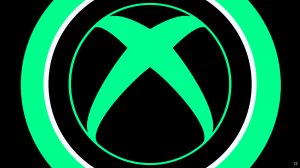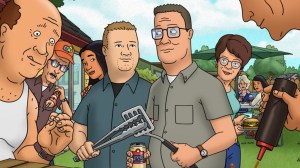For those looking for a sky-gazing activity on a warm summer night, Saturn and Jupiter will near the moon late Monday to form a triangle in the night sky. The event should start to take shape shortly before midnight and continue through until dawn. The easiest way to make sure you see all three bodies would be to download a sky-charting app like SkySafari.
Videos by ComicBook.com
If you want to go all-natural, the team at Space.com recommends you sit aside for 20 minutes to get your eyes adjusted to the darkness. Once adjusted, look for the waning, gibbous moon to use as a focal point of sorts. After you locate the moon, which should be the easiest task of the bunch, Jupiter will be located to the west (right) of it. Saturn will then be located above two, almost perfectly centered.
“The Moon, Jupiter and Saturn will be visible (weather permitting) from the southern skies. The Moon will rise around 9pm this evening, and you will be able to see Jupiter and Saturn in close proximity to the Moon from that time. Best viewed after 10pm when the Moon has risen higher,” University of Cape Town astronomy professor Patrick Woudt said in a statement.
Though an exact timeline depends on where you’re at in the world, most suggest the triangle should be visible between midnight and the early morning hours.
It’s the second big space event of the past several weeks, with SpaceX successfully launching a manned rocket into orbit and returning its rocket thruster to Earth so that the company can refurbish it. The launch was the first of its kind by a private company and the first time in a decade American astronauts launched into space from American soil. It’s said those aboard the ship – astronauts Doug Hurley and Bob Behnken – could live on the International Space Station upwards of four months until they return to the planet.
“Really the decision point is, ‘Hey, is Dragon healthy? Is the vehicle performing well, the Dragon that’s on orbit?’” NASA Commercial Crew Program deputy director Steve Stich said at a recent mission briefing. “And then we’ll be looking ahead to that next mission, the Crew-1 flight, and looking at the vehicle readiness and trying to determine what’s the smart thing to do relative to the mission duration.”









